
There are five native species of willow although the aromatic Bay willow (salix pentandra) is rarely found these days in the wild. Also called Black Willow or Sweet Willow.
Crack willow (salix fragilis), of The Wind in the Willows fame, are usually seen as a gaunt, pollarded trees, hock-deep in water, their naked branches reaching skyward like antlers;
Goat willow (salix caprea) or Pussy willow, whose catkins provide a veritable banquet for brimstone butterflies and bees in March, when there is little other forage for them. Also known as Sally or Palm willow and which often replaces the traditional palm in Church on Palm Sunday;
Grey willow (salix cinerea) or Sallow grows on fens and marshes, in damp woods and by stream and ponds as a shrub or small tree. Also referred to as Pussy willow in some areas;
White willow (salix alba) or Cricket-bat willow is a native of river and marsh, having silver felted leaves that stream dramatically in the wind.
The earliest record of willow’s use by man was in Neolithic times when causeways of willow branches were laid across boggy ground to provide a safe path. By medieval times, in addition to making baskets, fish-traps, fences and coracles, willow was used in tanning, as fodder, to attract bees, to make artist’s charcoal, to produce purple dye, and to prevent erosion along the banks of rivers and ditches. The downy covering of the seeds was used as mattress stuffing.
Later, in days when every lowland English village had its basket maker and its ‘withy’ beds, Richard Jeffries wrote: “An advantage of willow is that it enables the farmer to derive a profit from land that would otherwise be comparatively valueless, to provide arable farmers with market baskets, chaff baskets, bassinets and hampers. This willow harvest is looked forward to by the cottagers who live along the rivers as an opportunity for earning extra money” [Country Illustrated vol 4. No 47]. Today the willow is popularly used to make bio-degradable coffins for woodland burials.
All willows belong to the large family of Salix, which has between 350 and 500 species, depending on the source you consult. This confusion arises because hybrids occur together with parent species and because the willows themselves are variable. In the lowlands all over the British Isles, willows are the most characteristic tree in the landscape, lining the banks of rivers large and small, from the Thames to the Shannon.
Medicinally, the bark of the white willow was used to alleviate pain, relieve headaches and reduce fevers. It was also used to treat rheumatism, arthritis, internal bleeding, inflammations, gout, heartburn, colds, nervous insomnia, digestive problems and stomach complaints. Externally, it was applied for burns, sores, cuts and skin rashes. Culpeper wrote: “The leaves are bruised and boiled in wine, and drank, stays the heat of lust in man and woman, and quite distinguishes it, if it be long used.”
In modern herbalism, the bark of the white willow is collected from young branches during the growth period. Willow is anti-inflammatory, analgesic, antipyretic, anti-rheumatic and astringent. Interestingly, some of the willow’s active constituents, while sharing the pain-relieving effects of aspirin, have a more sustained action in the body and fewer side effects. Although these claims have not been proved clinically, the indications are strongly supported by the fact that the bark was used in a similar way to aspirin long before the invention of the drug.
In folklore the willow was associated with sorrow and lost love. Sprigs were sometimes worn as a sign of mourning; or by those who had been forsaken in love, hence the words of the old folk-song: “All around my hat I will wear the green willow.” The willow is listed in the Celtic Tree Alphabet and is referred to as one of the Peasant Trees, bearing the name saille. In Celtic times, groves of willow were frequented by those who wished to learn eloquence, or be granted visions, prophetic dreams or inspiration.
Because of the willow’s association with rivers and prophesy it is representative of Elemental Water. It is usually the bark of the tree that is used magically in incense, but a bundle of twigs can also be used to call upon Elemental Fire. The twigs should be lit from a special fire or consecrated candle and then plunged into consecrated water. This is known as a ‘fire potion’ and can be used for magical cleansing. To increase the potency, add an infusion of an appropriate herb. The potion may be drunk, or applied as a compress of cotton wool to increase psychic powers. This is the poor witch’s answer to the blacksmith’s ‘thunder water’.
Staff or Wand
Willow is one of the woods from which to make the traditional magic wand. Willow wood is the very essence of magic, not just the mere making of a tool into a magical one, willow makes the tool magical; and a great tool for divination. This should be cut from the tree with a single blow, having first asked the tree for its permission and a suitable offering made. Shaman, necromancers, sorcerers and enchanters were all said to favour wands made of willow because it can be used to command the spirits of the dead. Willow wands are strong in the cycles of life dealing with death and rebirth, change and the Will.
These magical associations were obviously well-known as existing folklore claims that using a willow staff to herd animals is guaranteed to ‘drive them to the devil’. Using a willow wand to renounce your baptism was said to guarantee that the devil will grant you supernatural powers. These are, no doubt, throw-backs to pre-Christian times when willow was acknowledged as being the ‘badge’ of the cunning folk.
Magical Properties
Willow can add vital energy to the sick and elderly; and some say that burning willow can soothe and guide the souls of the recently deceased. Willow will align itself to the inner Will of the practitioner that shares its energy; the stronger the Will, the more effective the wood. Willow is extremely useful in healing, love spells and rituals involving emotion. It strengthens the third eye.
Root & Branch: British Magical Tree Lore by Melusine Draco is published by Ignotus Press Uk in paperback and e-book format. ISBN: 978 1 78697 447 1 : For more details go to
https://www.feedaread.com/books/Root-and-Branch-British-Magical-Tree-Lore-9781786974471.aspx

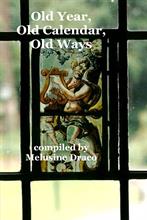

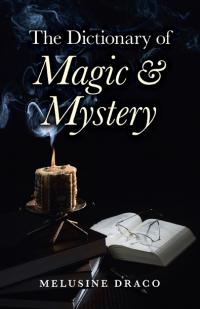
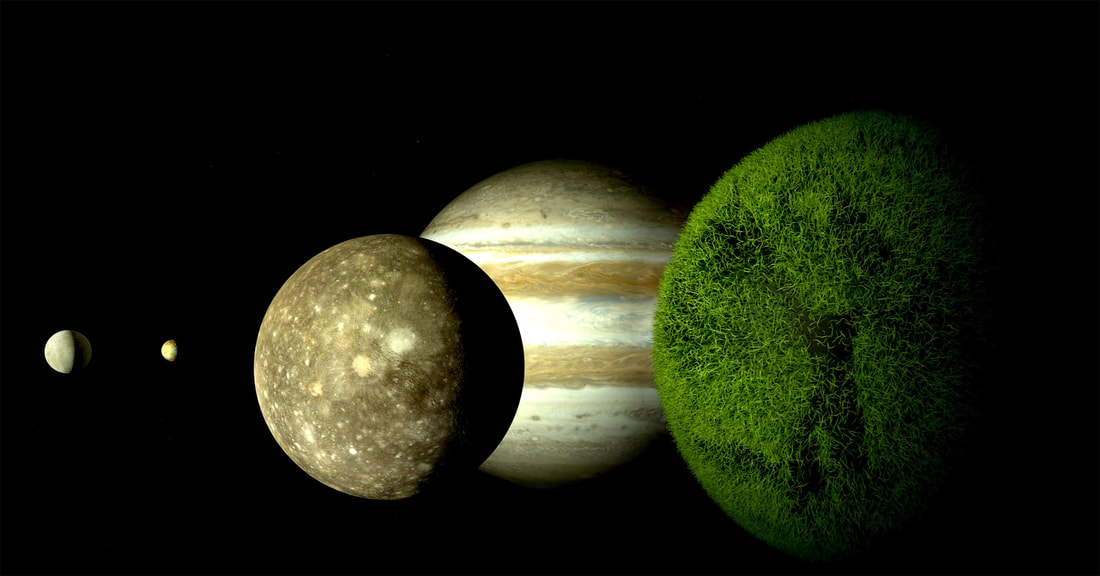
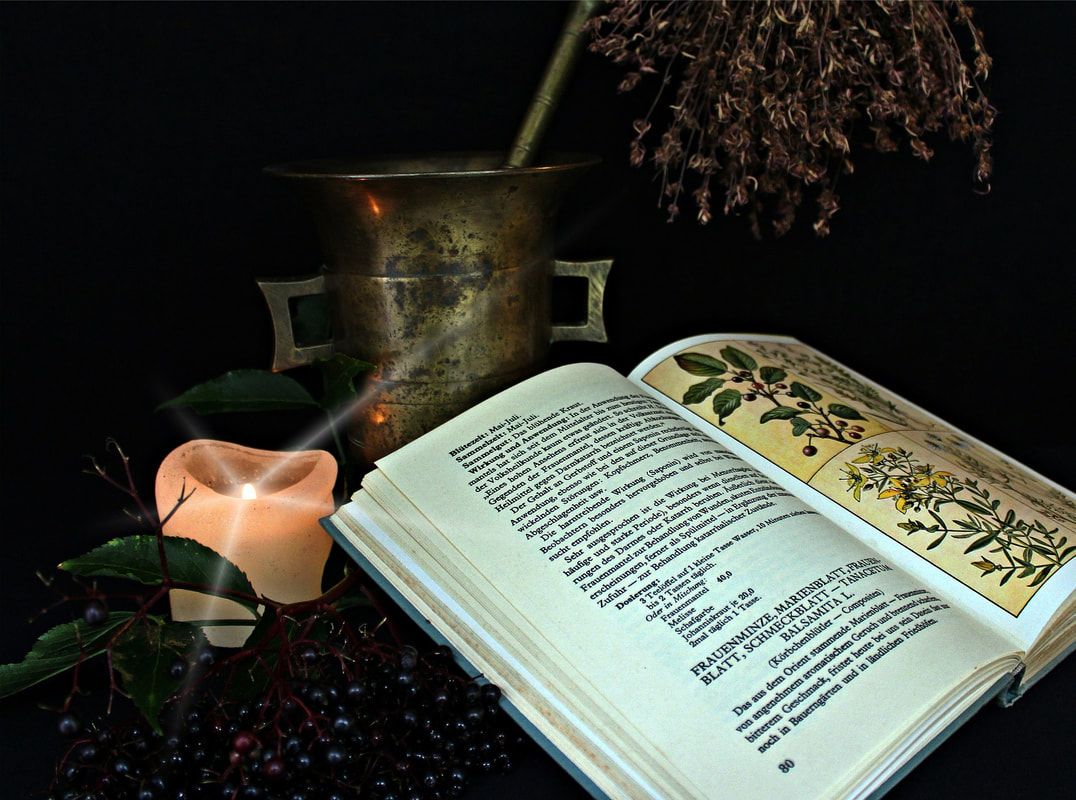
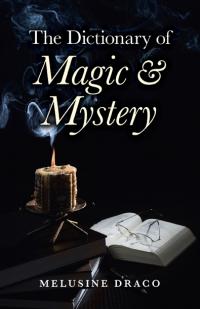


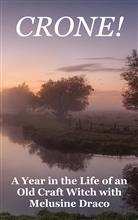
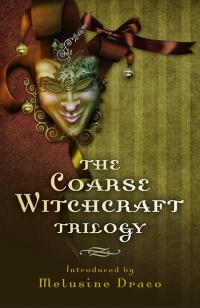
 RSS Feed
RSS Feed